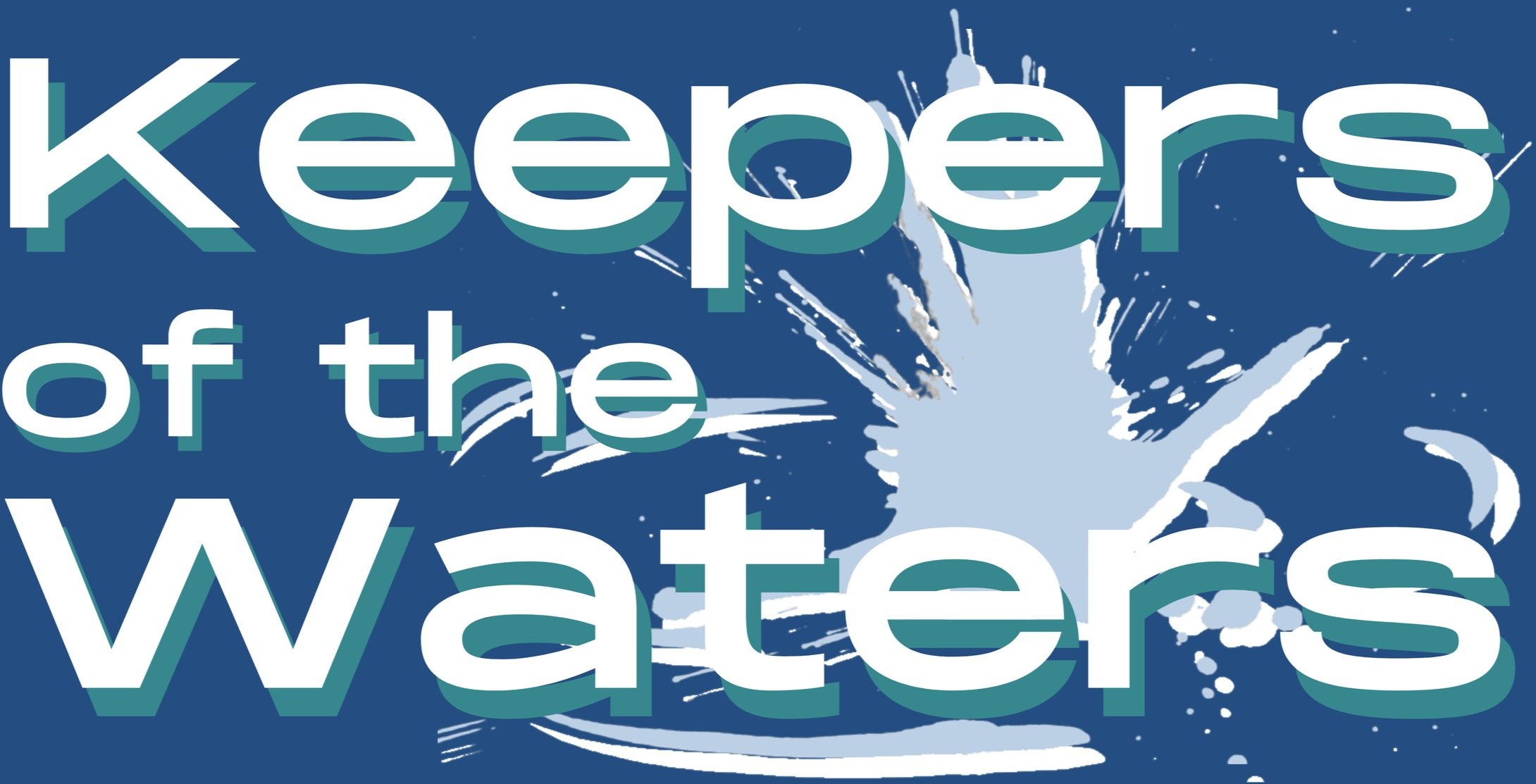Wait, Don't Recycle That!
The classic “recycling symbol” can be found on countless items. However, its presence does not necessarily indicate that the item is actually recyclable. Manufacturers can place the symbol on almost any product, as its primary function is to indicate the type of plastic used in its production. For instance, if the center of the symbol displays a “3,” it means the product is made of PVC, which is not accepted by most curbside recycling programs. Due to the widespread misunderstanding of the symbol, California has banned its use on non-recyclable items.
The recycling system is complex and difficult to navigate, with the burden of deciphering its codes falling on individuals. The symbol is just one example of a system that is ineffective due to its complexity. People must not only determine whether an item is recyclable, but also whether their local recycling program accepts it. For instance, the numbers in the center of the symbol can be confusing. There are seven types, with types 1 and 2 widely recyclable in the United States, and type 5 accepted by an increasing number of curbside recycling programs. However, type 4, which covers soft plastics like snack bags, shopping bags, or resealable sandwich bags, is generally not accepted in curbside programs. Type 7 is a catch-all for various plastics, and is almost never recycled. Despite efforts to improve the system, recycling remains a challenging and confusing process.
Despite decoding the numbers on recycling symbols and separating their garbage accordingly, the challenge of finding a local facility that accepts their recycling remains. Each town has different policies and procedures, and some don't have recycling programs at all. Moreover, even when a facility accepts certain items, it may not be able to find buyers for them, leaving piles of plastic bales with no destination. Sorting recycling is not perfect either, and sometimes flat or dark-colored items can be missed by optical scanners.
Once plastic is sorted, the recyclable material is shredded, melted, and turned into pellets, often resulting in lower quality products like polyester for carpets. The rest of the plastic may be sent to landfills, burned in incinerators, or shipped abroad for recycling, but too often it ends up being dumped illegally. In recent years, Covid and the difficulties of finding buyers for plastic waste have led some local governments to halt recycling programs altogether.
Undoubtedly, our lack of skill in recycling and the inadequacies of the recycling industry contribute to the plastic problem. However, the most alarming aspect of this issue is its magnitude.
New plastic is continuously being produced.
The production of plastic worldwide has skyrocketed by almost 100 times since 1960. According to the United Nations, over half of plastic products are designed to be used only once, such as hotel shampoo mini-bottles, single-use tooth-flossing picks, and at-home Covid tests. After being discarded, plastic can take centuries to decompose, breaking down into minuscule particles that travel long distances and may contain harmful substances. These microplastics have been detected in drinking water, table salt, rainfall, and even human blood.
This production surge has been driven by the ample supply of oil and gas, the raw materials for plastic. While the world is attempting to reduce greenhouse gas emissions by using fewer fossil fuels, plastic is becoming increasingly crucial for the oil and gas industry.
The production of plastic itself generates greenhouse gases and other pollutants that cause global warming. One recent study estimated that in 2015, plastic production was responsible for 4.5% of worldwide greenhouse gas emissions, surpassing the emissions generated by all airplanes combined.
hanging the current recycling system will be challenging for communities and individuals to do on their own. However, there are still actions that individuals can take. For example, they can continue to recycle category 1 and 2 plastics, along with paper, cardboard, and metals. Depending on the location, recycling plastics marked with a 5 might also be feasible.
We can try to buy goods that come in recyclable packaging, and make fewer online purchases since most curbside recycling programs do not accept bubble mailers.
But the most effective thing to do on an individual level, while plastic manufacturers and regulators avoid responsibility, is to purchase fewer consumer goods.

